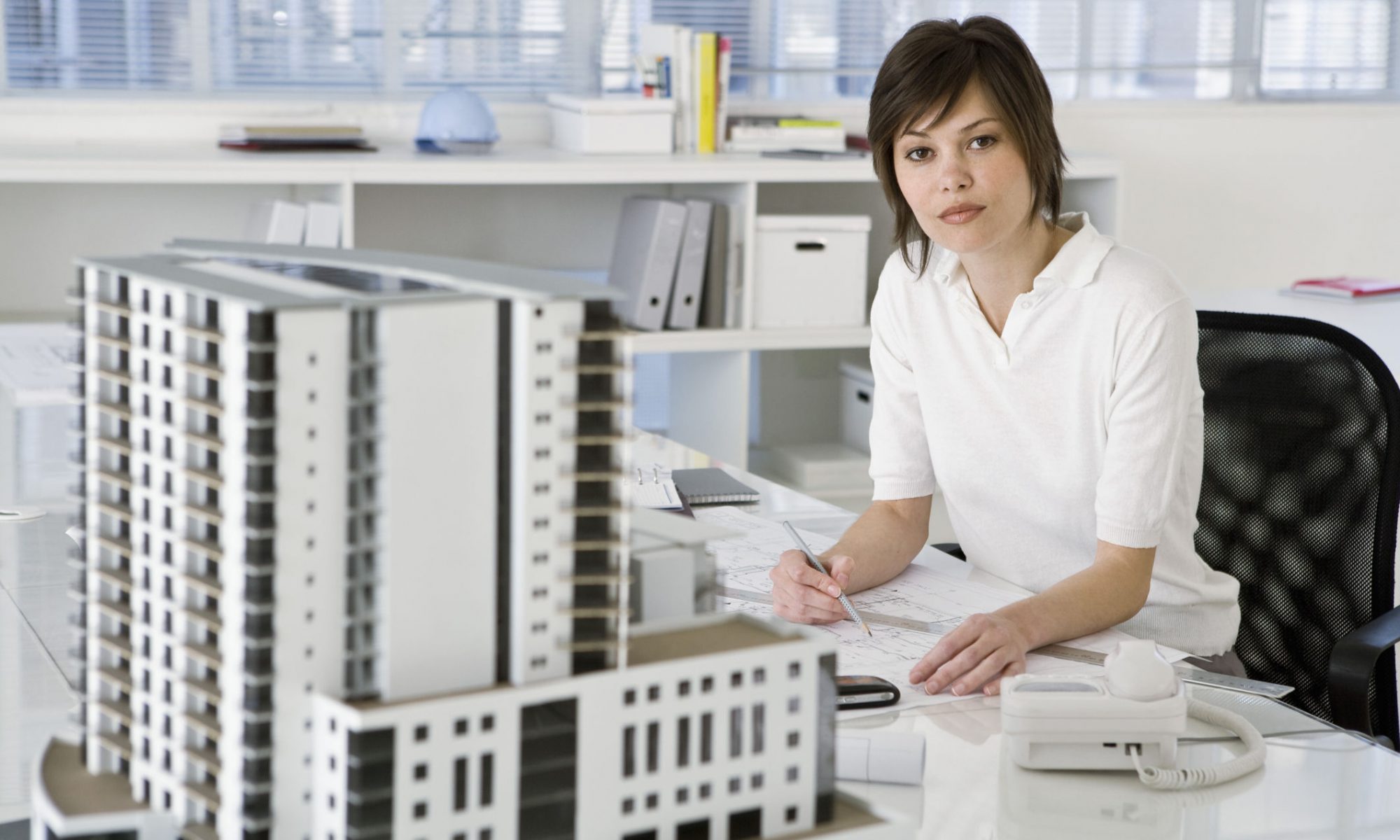<a href="http://design-milk.com/experience-modern-architecture-japan-contemporary-art-architecture-tour/9-teshima-museum-interior/" data-wpel-link="internal"><img src="http://2.design-milk.com/images/2017/05/9-Teshima-Museum-interior-810x608.jpg" alt="Experience Modern Architecture in Japan with the Contemporary Art + Architecture Tour" /></a>
Every year, <a href="https://artandarchitecturetour.com/" data-wpel-link="external" rel="external noopener noreferrer">CA+AT (Contemporary Art + Architecture Tour)</a> brings a select group of creative people on a curated journey to discover the best contemporary art and architecture sites in the world. This sort of “retreat for creative minds” (as they like to call it) is not merely a vacation—it’s an inspiring learning experience through an on-site exploration of what <em>open air museums: </em>places where architecture, art, landscape blend together in a unified project linked to a specific site, stimulating an exchange among tour guests on creative processes, social change, and environmental regeneration.
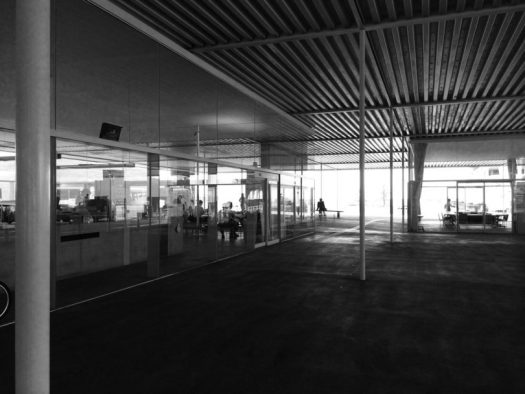
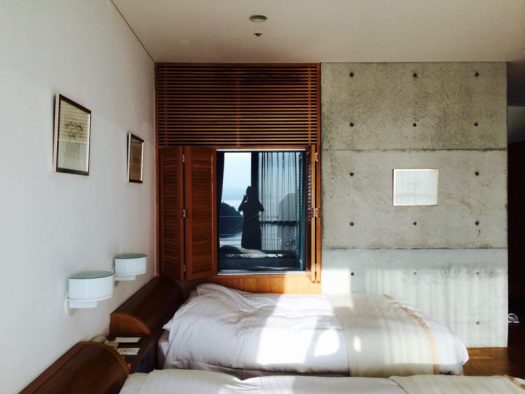
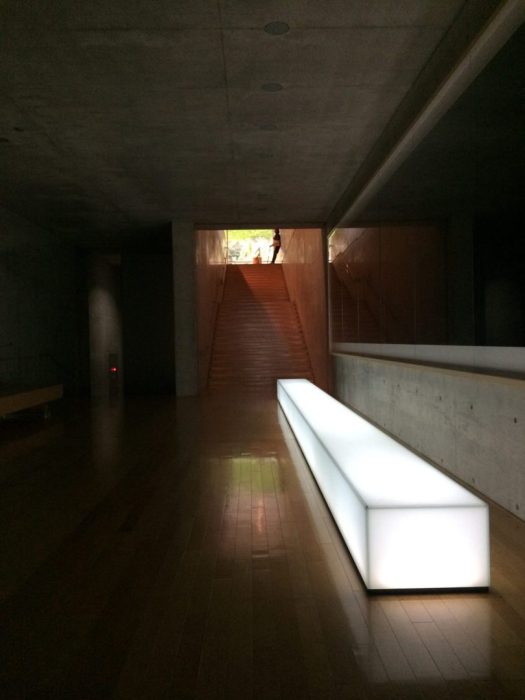
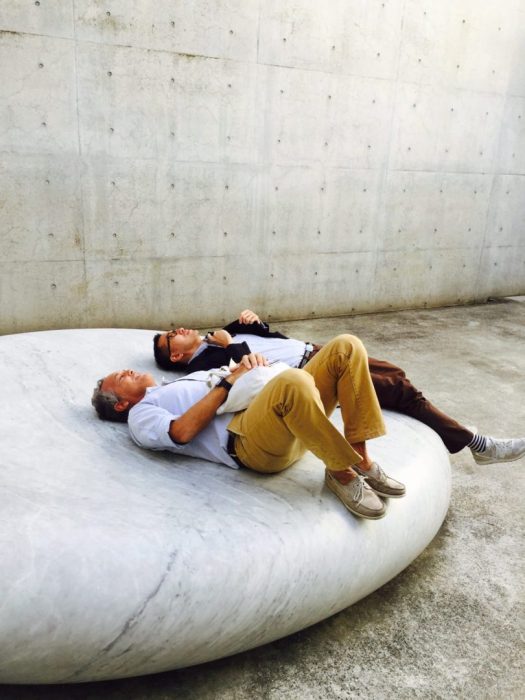
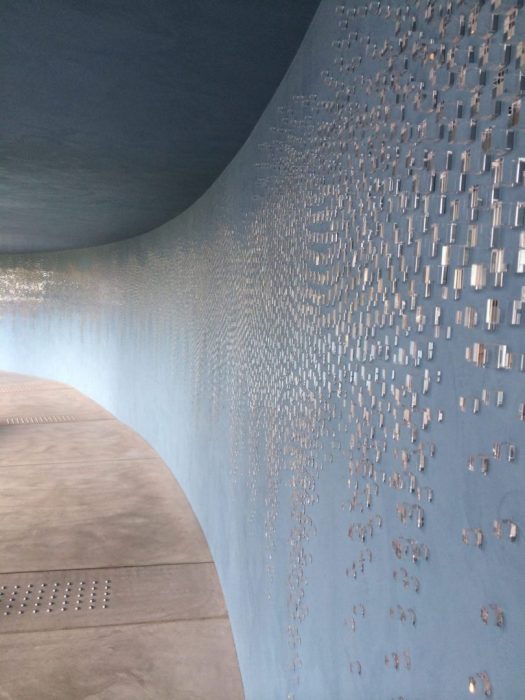
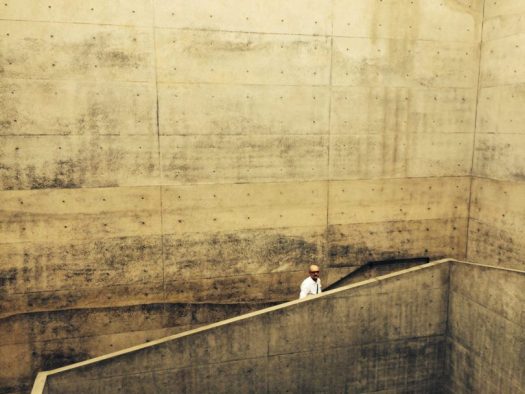
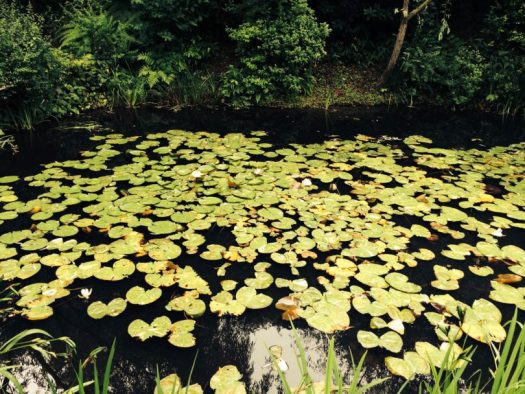
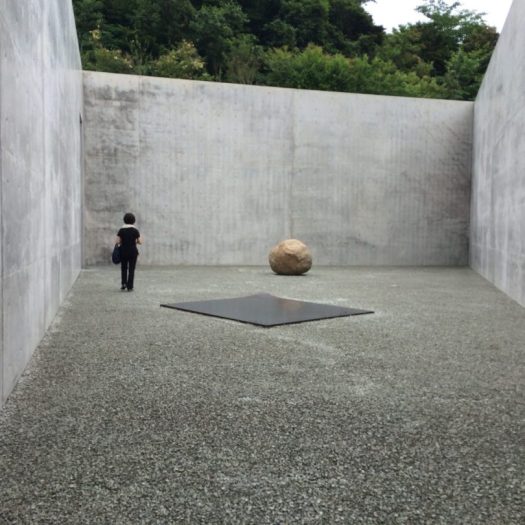
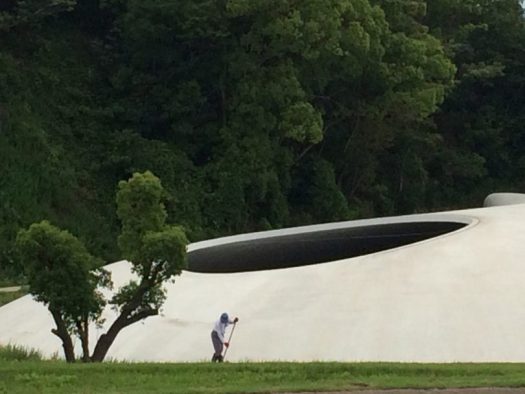
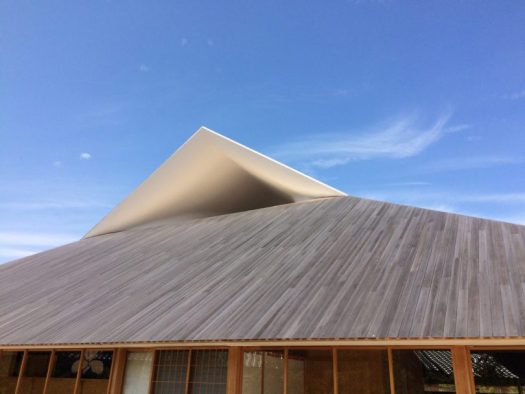
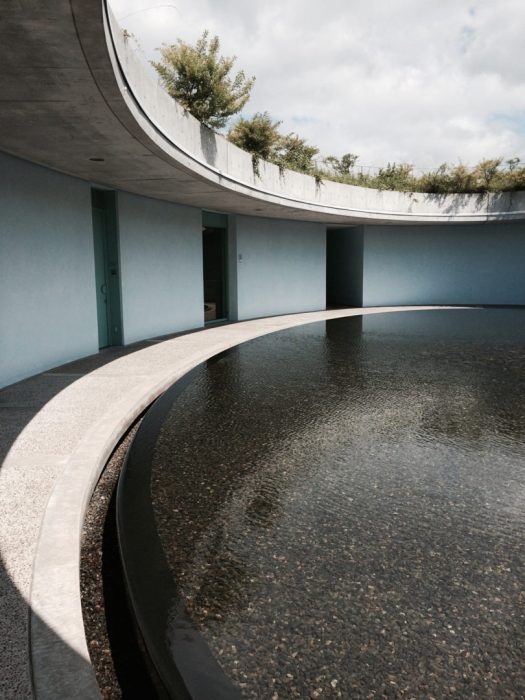
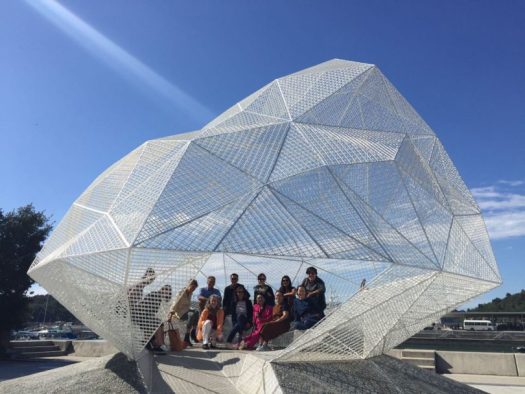
 Maritime Station and surrounding installations \\ Naoshima
After taking a ferry from Takamatsu, crossing the Seto Inland Sea and its beautiful marine landscape, you land at the Naoshima Miyanoura Port. The minimalist Marine Station Ferry Terminal was design by the SANAA duo Kazuyo Sejima/Ryue Nishizawa in 2006 and also houses the bus station, the tourist information and public facilities. The minimalist steel structure encloses glass spaces arranged as islands under one single roof.
Maritime Station and surrounding installations \\ Naoshima
After taking a ferry from Takamatsu, crossing the Seto Inland Sea and its beautiful marine landscape, you land at the Naoshima Miyanoura Port. The minimalist Marine Station Ferry Terminal was design by the SANAA duo Kazuyo Sejima/Ryue Nishizawa in 2006 and also houses the bus station, the tourist information and public facilities. The minimalist steel structure encloses glass spaces arranged as islands under one single roof.
 “Benesse House” Museum and Hotel and surrounding art park \\ Naoshima
The Benesse House Museum and hotels is a facility complex designed by Tadao Ando and built on a hilltop area of the Naoshima island, overlooking the Seto Inland Sea. It is comprised of several buildings, all carefully integrated with the rich natural surrounding.
The Benesse House is both a hotel and museum. Opened in 1992, located on a very high ground of the island, it embraces the most spectacular view of the Inland Sea. As with many other nearby buildings, Ando designed a concrete structure with half of the spaces underground. The hotel, museum, guests facilities are all interconnected through a systems of ramps, creating a dynamic continuous space that guests can enjoy during daytime and at night (the museum’s galleries are opened until midnight). Following the concept of “hotel-museum”, the art collection can be found not only in the galleries, but in all the building spaces, including the guests rooms.
The Oval is a special six-suite building located on the very top of the hill reachable only through a private cable car. It has a 360-degree view of the island and the Seto sea, a garden rooftop, partially hypogeal spaces, water pool and cascades.
“Benesse House” Museum and Hotel and surrounding art park \\ Naoshima
The Benesse House Museum and hotels is a facility complex designed by Tadao Ando and built on a hilltop area of the Naoshima island, overlooking the Seto Inland Sea. It is comprised of several buildings, all carefully integrated with the rich natural surrounding.
The Benesse House is both a hotel and museum. Opened in 1992, located on a very high ground of the island, it embraces the most spectacular view of the Inland Sea. As with many other nearby buildings, Ando designed a concrete structure with half of the spaces underground. The hotel, museum, guests facilities are all interconnected through a systems of ramps, creating a dynamic continuous space that guests can enjoy during daytime and at night (the museum’s galleries are opened until midnight). Following the concept of “hotel-museum”, the art collection can be found not only in the galleries, but in all the building spaces, including the guests rooms.
The Oval is a special six-suite building located on the very top of the hill reachable only through a private cable car. It has a 360-degree view of the island and the Seto sea, a garden rooftop, partially hypogeal spaces, water pool and cascades.

Interior view of one guest room at Benesse House Hotel and underground exhibition space at the Benesse Park Hotel.
 One of the terraced field in the art park surrounding the Benesse House Hotel, overlooking the Seto Inland Sea; Benesse House Museum open air gallery by day. Architecture: Tadao Ando \\ Artwork: Hiroshi Sugimoto Time Exposed, 1980-97; Benesse House Park \\ Art installation: Teresita Fernández, Blind Blue Landscape, 2009
Chichu Art Museum \\ Naoshima
In Japanese, chichu means ”underground.” The museum, designed by Ando in 2004, best represents the concept behind the entire Benesse Art Site Naoshima: the complete interconnection between art, architecture, and landscape. The Museum is built around a permanent collection consisting in only three artists each located in underground specific rooms: Claude Monet, with a dedicated central room displaying his famous Water Lilies, based on the architectural plan that the artist conceived exclusively for this series. James Turrell, with three artworks: Afrum, Pale Blue, Open Sky, and Open Field, meant to be seen in this specific chronological sequence in order to understand the progression in his research on light manipulation. James Turrell is also part of the House Projects Naoshima with another open field series artwork in Minamidera. The final artist is Walter De Maria. His single work, Space, unifies Ando’s architecture, light, sculptural elements, and sound.
Multiple passages connect the site-specific galleries, opening unexpectedly to sunken courtyards, gardens, corridors, and allowing a continuous dialogue between the natural elements, architecture, and art. As you descend underground, you are forced to move between the inside and the outside, light and darkness, built environment and landscape: the whole experience is conceived to be a purely spatial and sensorial journey.
The path connecting the ticket center to the Museum is another surprisingly sophisticated addition to the project. The Chichu Garden is a an exploration of seasonal flowers and plants that Monet used in his paintings, like water lilies, willow, iris, that you can still visit at Monet’s house and garden in Giverny.
One of the terraced field in the art park surrounding the Benesse House Hotel, overlooking the Seto Inland Sea; Benesse House Museum open air gallery by day. Architecture: Tadao Ando \\ Artwork: Hiroshi Sugimoto Time Exposed, 1980-97; Benesse House Park \\ Art installation: Teresita Fernández, Blind Blue Landscape, 2009
Chichu Art Museum \\ Naoshima
In Japanese, chichu means ”underground.” The museum, designed by Ando in 2004, best represents the concept behind the entire Benesse Art Site Naoshima: the complete interconnection between art, architecture, and landscape. The Museum is built around a permanent collection consisting in only three artists each located in underground specific rooms: Claude Monet, with a dedicated central room displaying his famous Water Lilies, based on the architectural plan that the artist conceived exclusively for this series. James Turrell, with three artworks: Afrum, Pale Blue, Open Sky, and Open Field, meant to be seen in this specific chronological sequence in order to understand the progression in his research on light manipulation. James Turrell is also part of the House Projects Naoshima with another open field series artwork in Minamidera. The final artist is Walter De Maria. His single work, Space, unifies Ando’s architecture, light, sculptural elements, and sound.
Multiple passages connect the site-specific galleries, opening unexpectedly to sunken courtyards, gardens, corridors, and allowing a continuous dialogue between the natural elements, architecture, and art. As you descend underground, you are forced to move between the inside and the outside, light and darkness, built environment and landscape: the whole experience is conceived to be a purely spatial and sensorial journey.
The path connecting the ticket center to the Museum is another surprisingly sophisticated addition to the project. The Chichu Garden is a an exploration of seasonal flowers and plants that Monet used in his paintings, like water lilies, willow, iris, that you can still visit at Monet’s house and garden in Giverny.
 Lee Ufan Museum \\ Naoshima
Dedicated to the Korean-Japanese artist Lee Ufan, the concrete semi-underground museum is classic Ando, with walls-planes creating a system of courtyards, closed and open spaces.
A succession of walls guides the visitor to the hidden entrance, walking through a sloping intimate valley, a plaza, a triangular courtyard, with Ufan’s sculptural works installed in the built and surrounding landscape.
Teshima Art Museum \\ Teshima
Probably the most surprising architecture hosting a single work of art, the Teshima Art Museum is conceived as one exhibition space under a water droplet-shaped concrete shell. Following the surrounding hilltop landscape, which is also part of a rice fields restoration program developed with the local community, it symbolizes the concept of the open air museum: the 40-by-60m continuous space communicates with the exterior through two oval openings that allow uninterrupted interaction with the natural elements—wind, light, rain, and trees.
The Museum was conceived by Ryue Nishizawa in collaboration with artist Rei Naito: a sophisticated installation allows water to continuously emerge from the ground and reunite with it in a perpetual movement that replicate the circle of nature through time and seasons.
You can watch the museum’s unique construction process here:
Teshima Art Museum from JA+U on Vimeo.
Lee Ufan Museum \\ Naoshima
Dedicated to the Korean-Japanese artist Lee Ufan, the concrete semi-underground museum is classic Ando, with walls-planes creating a system of courtyards, closed and open spaces.
A succession of walls guides the visitor to the hidden entrance, walking through a sloping intimate valley, a plaza, a triangular courtyard, with Ufan’s sculptural works installed in the built and surrounding landscape.
Teshima Art Museum \\ Teshima
Probably the most surprising architecture hosting a single work of art, the Teshima Art Museum is conceived as one exhibition space under a water droplet-shaped concrete shell. Following the surrounding hilltop landscape, which is also part of a rice fields restoration program developed with the local community, it symbolizes the concept of the open air museum: the 40-by-60m continuous space communicates with the exterior through two oval openings that allow uninterrupted interaction with the natural elements—wind, light, rain, and trees.
The Museum was conceived by Ryue Nishizawa in collaboration with artist Rei Naito: a sophisticated installation allows water to continuously emerge from the ground and reunite with it in a perpetual movement that replicate the circle of nature through time and seasons.
You can watch the museum’s unique construction process here:
Teshima Art Museum from JA+U on Vimeo.
 Naoshima Hall \\ Naoshima
The Naoshima Hall is the latest addition to the Benesse Art Site Naoshima and a multi-purpose facility including a community space, the town hall and a garden. Commissioned to the local architect Hiroshi Sambuichi and opened in 2016, it is a flexible structure of 1000 sqm intended for public events. The design refers to the traditional Japanese hip-and-gable roof (irimoya) in a sustainable version: the roof serves as a airflow controlling system, allowing natural ventilation, while the local well water is used to cool the interior spaces, circulating through the roof surface. The architecture is the result of a deep research of the island’s natural environment and the use of natural elements like air flow and water resources.
Naoshima Hall \\ Naoshima
The Naoshima Hall is the latest addition to the Benesse Art Site Naoshima and a multi-purpose facility including a community space, the town hall and a garden. Commissioned to the local architect Hiroshi Sambuichi and opened in 2016, it is a flexible structure of 1000 sqm intended for public events. The design refers to the traditional Japanese hip-and-gable roof (irimoya) in a sustainable version: the roof serves as a airflow controlling system, allowing natural ventilation, while the local well water is used to cool the interior spaces, circulating through the roof surface. The architecture is the result of a deep research of the island’s natural environment and the use of natural elements like air flow and water resources.


Sou Fujimoto, Naoshima Pavilion, 2016 with CA+AT guests 2016 at the opening of the Setouchi Triennale fall season
<img src="http://feeds.feedburner.com/~r/design-milk/~4/dOYgyCaGNxU" height="1" width="1" alt=""/>
